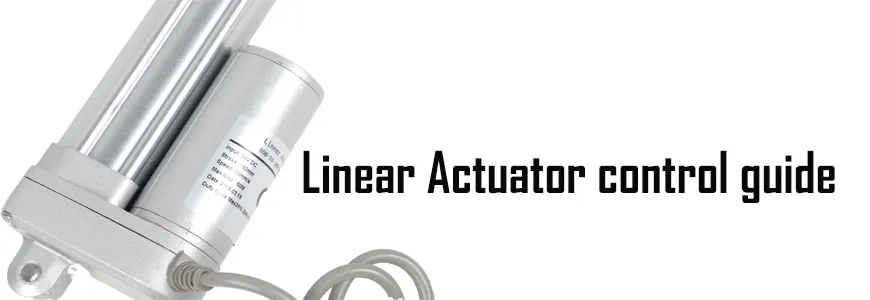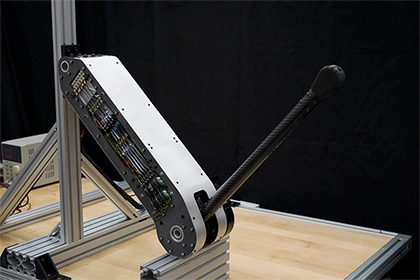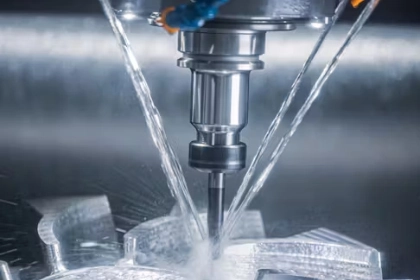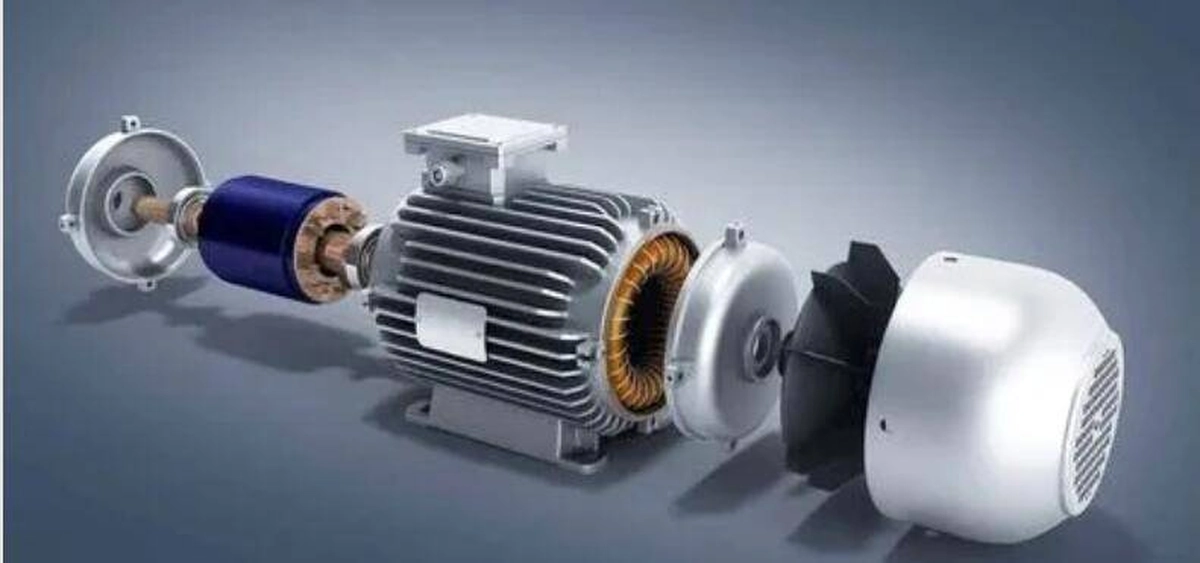How to Control a Linear Actuator?

Linear actuators are widely used in various industries, including robotics, aerospace, and automation, to name a few. These actuators are used to move objects in a linear motion, and their control is crucial for precise movements. In this article, we will discuss the basics of linear actuators and provide a comprehensive guide on how to control them.
What is a Linear Actuator?
A linear actuator is an electric motor that converts rotary motion into linear motion. The motor consists of a stationary component, called the stator, and a moving component, called the rotor. The rotor moves in a linear motion, causing the attached rod or mechanism to move in the same direction.
Types of Linear Actuators:
There are several types of linear actuators available, including:
- Electric Linear Actuators: These actuators use an electric motor to move the rotor in a linear motion. They are commonly used in industrial and commercial applications.
- Hydraulic Linear Actuators: These actuators use hydraulic fluid to move the rotor in a linear motion. They are commonly used in heavy-duty applications, such as in construction and manufacturing.
- Pneumatic Linear Actuators: These actuators use compressed air to move the rotor in a linear motion. They are commonly used in light-duty applications, such as in food processing and medical devices.
How to Control a Linear Actuator:
Controlling a linear actuator requires a good understanding of its mechanics and the underlying principles. Here are some steps to follow:
- Determine the Type of Actuator: The first step is to determine the type of linear actuator you are using. This will help you understand the specific control requirements.
- Set the Control Input: The control input is the signal that is applied to the actuator to move it in a specific direction. This signal can be a voltage, current, or pulse width modulation (PWM) signal.
- Choose the Control Method: There are several control methods available, including open-loop control, closed-loop control, and servo control. Choose the method that best suits your application.
- Adjust the Gain: The gain is a parameter that determines the rate at which the actuator moves. Adjusting the gain will help you achieve the desired speed and accuracy.
- Test the Actuator: Once you have set the control input and adjusted the gain, test the actuator to ensure it is moving correctly. Make any necessary adjustments to the control input and gain until the actuator is moving smoothly and accurately.
- Implement Feedback Mechanisms: Feedback mechanisms, such as sensors and encoders, can help you monitor the position and velocity of the actuator. Implementing these mechanisms will help you achieve greater precision and accuracy.
- Use Control Algorithms: Control algorithms, such as PID control, can help you fine-tune the control of the actuator. These algorithms can help you achieve greater precision and stability.
Tips and Tricks:
Here are some tips and tricks to help you control a linear actuator:
- Use a Control System: A control system, such as a programmable logic controller (PLC), can help you control the actuator with greater precision and accuracy.
- Use a Feedback Loop: A feedback loop, such as a closed-loop system, can help you monitor the position and velocity of the actuator and make adjustments as needed.
- Adjust the Gain Carefully: Adjusting the gain carefully will help you achieve the desired speed and accuracy. Be careful not to over- or under-adjust the gain, as this can cause instability or slow movement.
- Use a Safety System: A safety system, such as a safety interlock, can help prevent accidents and ensure the safety of people and equipment.
- Lubricate the Actuator: Lubricating the actuator regularly will help it move smoothly and reduce wear and tear.
Conclusion:
Controlling a linear actuator requires a good understanding of its mechanics and the underlying principles. By following the steps outlined in this guide, you can control a linear actuator with greater precision and accuracy. Remember to use a control system, implement feedback mechanisms, adjust the gain carefully, use a safety system, and lubricate the actuator regularly to ensure smooth and safe operation.

 2024-08-30 16:01:40
Engineering
2024-08-30 16:01:40
Engineering
 2024-07-26 14:09:13
Engineering
2024-07-26 14:09:13
Engineering
 2024-07-18 09:42:00
Engineering
2024-07-18 09:42:00
Engineering